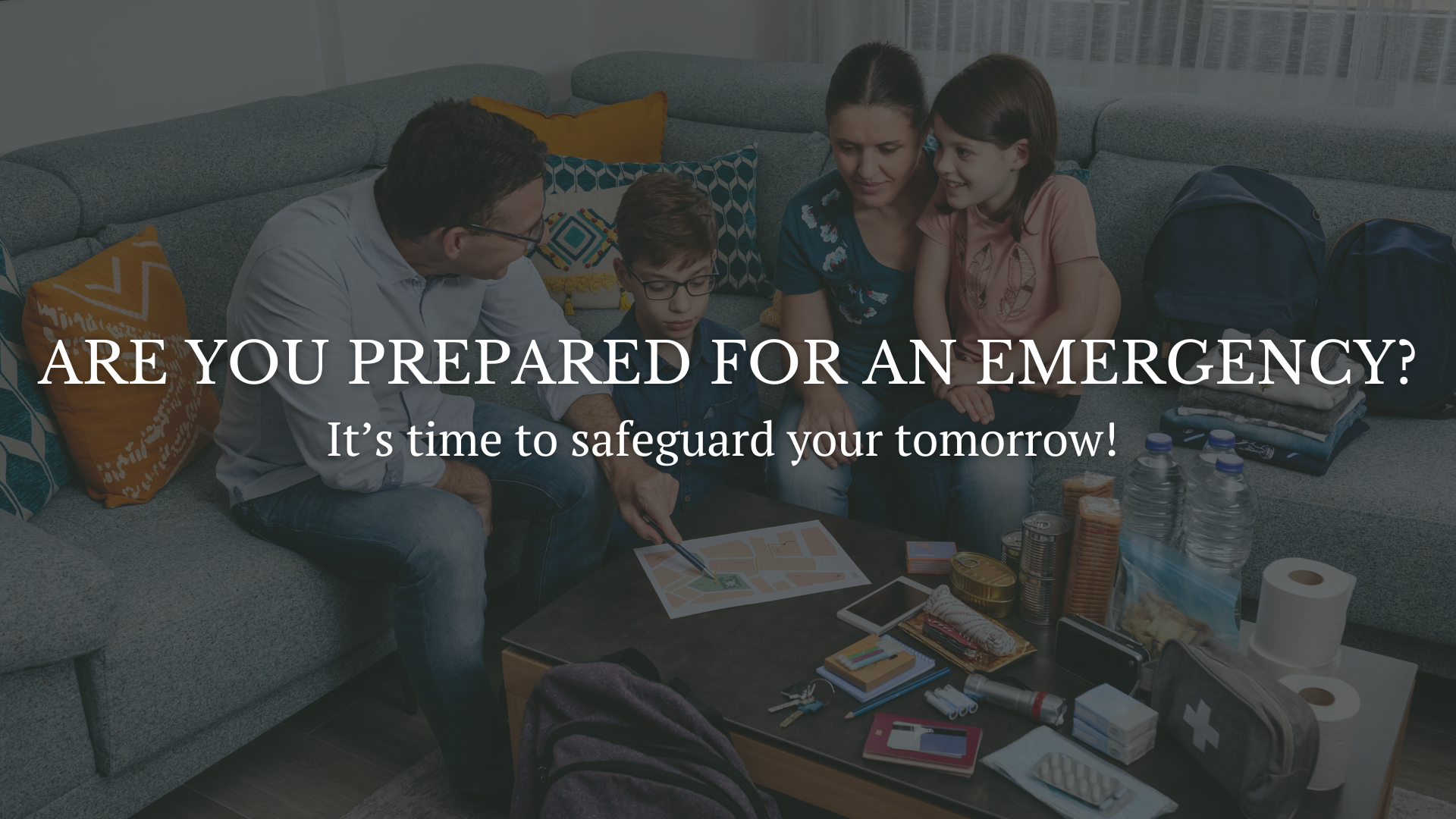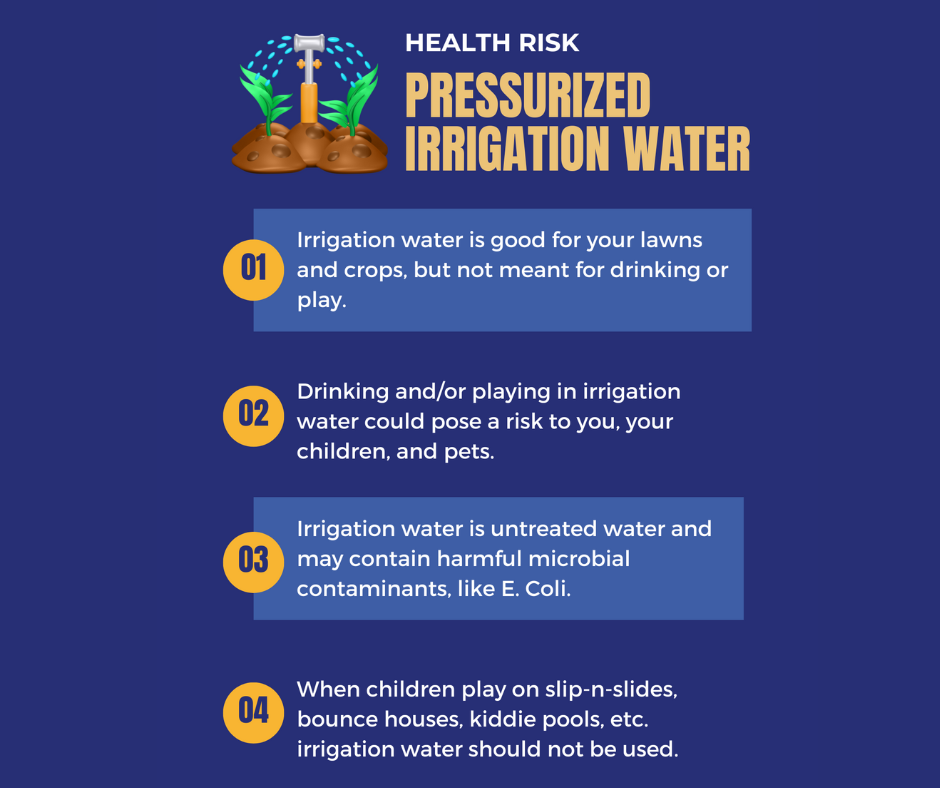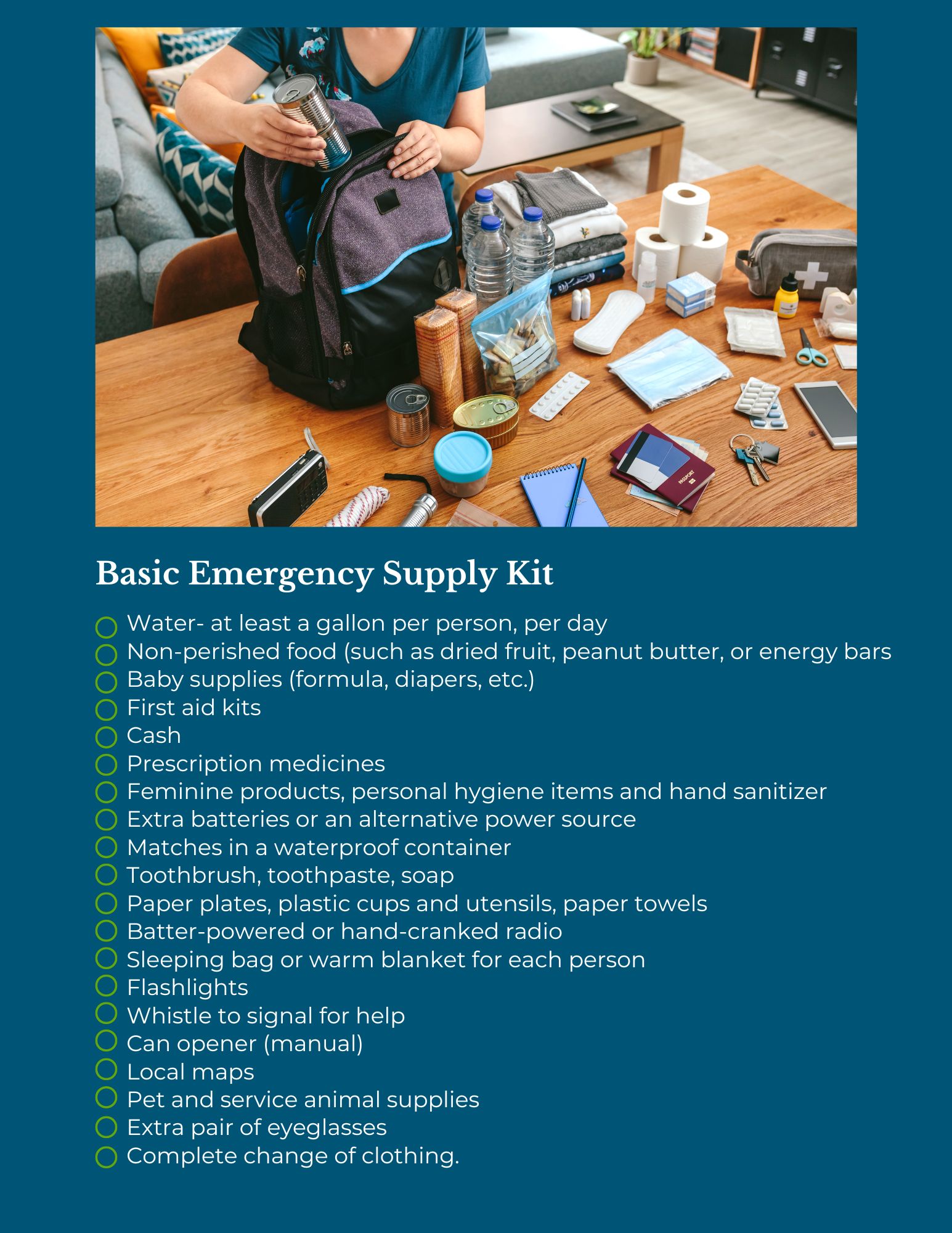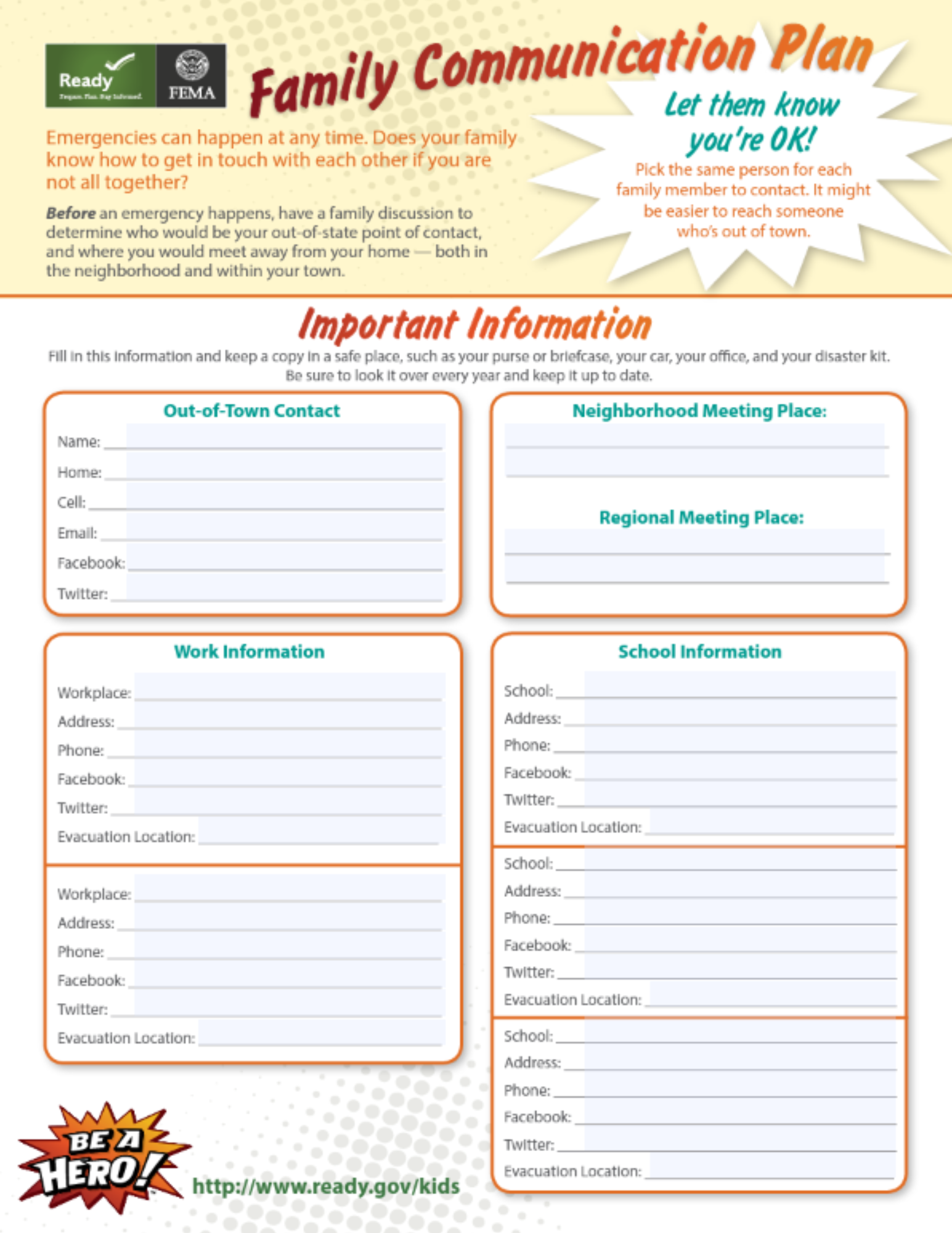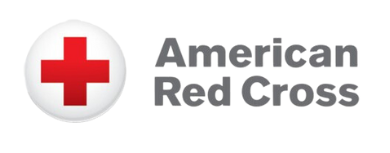- Pay Utility Bill
- Search

Emergency Management
Welcome to Lehi City’s Emergency Management!
We are dedicated to being proactive in safeguarding the safety and resilience of the community through education and community resources. Our mission is centered around preparedness, response, recovery, and mitigation to effectively manage emergencies. Community preparedness is crucial, enhancing both individual safety and the collective resilience of the community. When every household is well prepared, it lightens the load on emergency responders, speeds recovery efforts, and empowers everyone to contribute effectively in safeguarding lives and property during times of crisis.
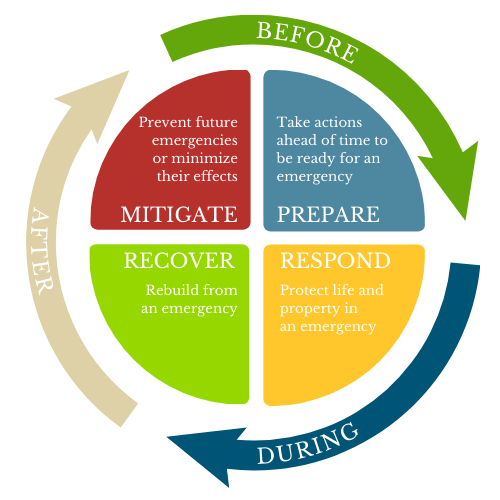 CONTACT US: emergencymanagement@lehi-ut.gov
CONTACT US: emergencymanagement@lehi-ut.gov
on this page
Stay Informed:
Emergency Notifications
 One key aspect of being prepared is being informed. If we can’t reach you, we can’t alert you.
One key aspect of being prepared is being informed. If we can’t reach you, we can’t alert you.
Sign up to receive notifications from Lehi City via phone, email, cell phone, or text. You can sign up by visiting alerts.utahcounty.gov and filling out the application.
Current City Alerts:
For information on E. coli in Lehi, visit the E. coli page
Be Prepared:
Emergency Preparedness
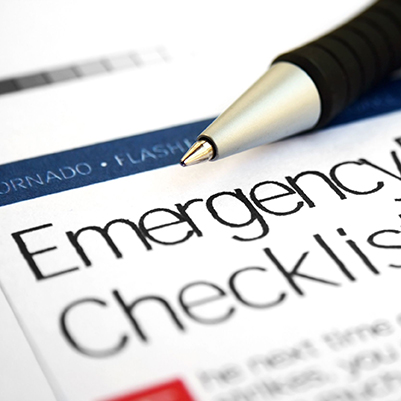 Each disaster has lasting effects, to both people and property. If a disaster occurs, local government and relief organizations will try to help, but you need to be prepared as well. Local responders may not be able to reach you immediately, or they may need to focus their efforts away from you. You should prepare to be self-sufficient for at least three days in the event of a disaster. This may mean providing for your own shelter, first aid, food, water, and sanitation.
Each disaster has lasting effects, to both people and property. If a disaster occurs, local government and relief organizations will try to help, but you need to be prepared as well. Local responders may not be able to reach you immediately, or they may need to focus their efforts away from you. You should prepare to be self-sufficient for at least three days in the event of a disaster. This may mean providing for your own shelter, first aid, food, water, and sanitation.
Lehi City has published a guide to personal and family preparedness. View the guide online.
Build a Kit
Having an emergency kit for everyone in your household is vital for ensuring preparedness during unexpected crisis. These kits provide essential supplies like water, food, first-aid items, and tools that can sustain you in the aftermath of disasters or during evacuation. They serve as a lifeline during times of uncertainty, offering comfort, security, and the ability to respond effectively to unforeseen emergencies.
For more information on building an emergency kit, visit the Ready.gov Build a Kit page.
Make a Plan
Creating an emergency plan for your household ensures the safety and well-being of your loved ones during unforeseen crises. Such a plan establishes clear guidelines on how to react and where to go in the event of natural disasters, accidents, or other emergencies, minimizing panic and confusion. Preparedness not only provides peace of mind, but can also be a lifesaver, allowing you to respond swiftly and effectively when seconds count the most.
The Federal Emergency Management Agency (FEMA) recommends including the following elements in an emergency plan:
- Family Communication Plan: Establish a clear communication strategy with designated meeting places and contact information for family members, including an out-of-town contact person.
- Emergency Contacts: Compile a list of essential contacts, including local emergency numbers, family physicians, an utility companies.
- Escape Routes and Safe Locations: Identify multiple escape routes from your home and designate safe meeting places both nearby and farther away.
- Emergency Kit: Prepare a well-stocked emergency kit with essential supplies such as water, non-perishable food, flashlights, batteries, first-aid supplies, and important documents (IDs, insurance papers, and medical records.)
- Healthcare and Medical Information: Keep an updated list of medications, medical conditions, and allergies for all
- Pet Plan: If you have pets, plan their care during emergencies. Include food, water, medication, leashes, and a plan for shelter if you need to evacuate.
- Home Safety: Identify potential hazards in your home and take measures to secure heavy furniture, appliances, and other items that could cause injury during an earthquake or severe weather.
- Emergency Services: Know how and to call 911 and understand what to expect when interacting with emergency responders.
- Evacuation Plan: Have a clear evacuation plan that includes routes, transportation, and a destination.
- Special Needs Considerations: Plan for the unique needs of family members with disabilities, the elderly, or infants. Ensure accessibility and accommodations are in place.
- Financial Preparedness: Keep some cash on hand in case ATMs and credit card systems are unavailable during emergencies.
- Insurance: Review your insurance policies to ensure they cover potential risks, and keep copies of policies and contact information in your emergency kit.
- Community Resources: Familiarize yourself with local emergency resources, shelters, and community emergency plans.
- Practice Drills: Regularly conduct family emergency drills to ensure everyone understands the plan and knows what to do during different scenarios.
- Stay Informed: Stay updated with weather alerts, emergency notifications, and news about local incidents through various communication channels.
- Review and Update Household Plans: Periodically review and update your emergency plan to accommodate changes in family dynamics, living situations, or disaster preparedness recommendations.
Community Resources:
Community Emergency Response Team (CERT)
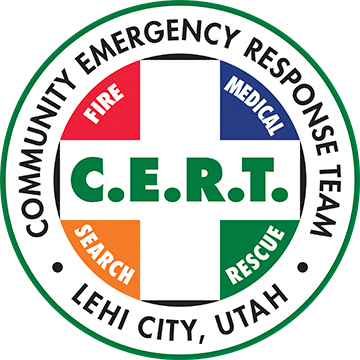 The Community Emergency Response Team (CERT) is trained to help neighborhoods and communities prepare for emergencies. During the first 72 hours of a crisis, the team aids with disaster recovery. CERT also offers training to help educate people about disaster preparedness. More Information
The Community Emergency Response Team (CERT) is trained to help neighborhoods and communities prepare for emergencies. During the first 72 hours of a crisis, the team aids with disaster recovery. CERT also offers training to help educate people about disaster preparedness. More Information
American Red Cross
Have you been affected by a home fire or other disaster?
Please call the Red Cross at 1-800-RED-CROSS (1-800-733-2767)- 24 hours a day
UNITED WAY
Additional Resources
For more information on emergency preparedness, visit the following websites:
Be Ready Utah
Ready.gov
FEMA
Community Emergency Plan
ShakeOut: Recommended Earthquake Safety Actions
More Information
Lehi City Hall
153 North 100 East
Lehi, Utah 84043
385.201.1000
emergencymanagement@lehi-ut.gov
Alert Center
For information on E. coli in Lehi, visit the E. coli page
To receive up-to-date city notices and emergency alerts, visit Everbridge Alerts.

